Lead generation is critical for coaches who want to keep their business booming. It’s about attracting the right people, turning them into loyal followers, and eventually paying clients.
Without solid lead generation strategies, your bookings and revenue will come and go, which isn’t ideal.
Strategic lead generation efforts bring in clients consistently even in quieter periods of the year—or when you stop actively promoting it.
Let’s examine lead generation for coaches and 11 practical strategies for attracting high-quality leads for your coaching packages.
How to Generate Leads as a Coach
Lead generation is crucial to running a business, and it’s no different for coaches. It’s a strategically planned process of converting your audience into prospects interested in your services and then into paying clients.
Without a system, you may find that your bookings and revenue fluctuate, which isn’t sustainable in the long run. A lead generation process, however, will ensure a consistent flow of clients and the opportunity to scale your business gradually.
Here’s how to warm up cold leads through various stages.
The 3 Stages of Lead Generation Funnels
A sales funnel for coaches is a structured pathway that potential clients follow, from initial awareness to the final decision to purchase coaching services. Here’s a breakdown of how lead generation works within a sales funnel for coaches.
[ Read: The Truth About Sales Funnels for Coaches (And How To Create Your Own) ]
Top of the Funnel (TOFU): Awareness Stage
The objective at the top of the funnel is to capture the attention of your target audience. To reach a broad audience, you can use various marketing channels, such as social media, email campaigns, content creation, and paid advertising.
At this stage, the goal is to generate awareness about your coaching services and attract high-quality leads into your funnel. By casting a wide net, you aim to draw in as many prospects as possible, piquing their interest in your offer.
Middle of the Funnel (MOFU): Consideration Stage
In the middle of the funnel, the focus shifts to nurturing leads and building relationships. This stage involves engaging with prospects through valuable content, personalized interactions, and demonstrations of your expertise.
The goal is to help potential clients recognize their problems and consider your coaching services a viable solution. At this stage, building trust and demonstrating the value of your coaching is crucial, positioning yourself as the expert who can help them overcome their challenges.
[ Read: 4 Steps to Launch the Perfect High-Ticket Coaching Funnel for You ]
Bottom of the Funnel (BOFU): Decision Stage
At the bottom of the funnel, you aim to convert coaching leads into paying clients. This stage involves presenting your coaching offer compellingly, addressing any objections or concerns, and emphasizing the benefits of your packages.
Your aim here is to secure a commitment from prospects, whether booking an introductory session or purchasing a coaching package. Communicate the value and outcomes of your coaching, and encourage prospects to take the final step: becoming paying clients.
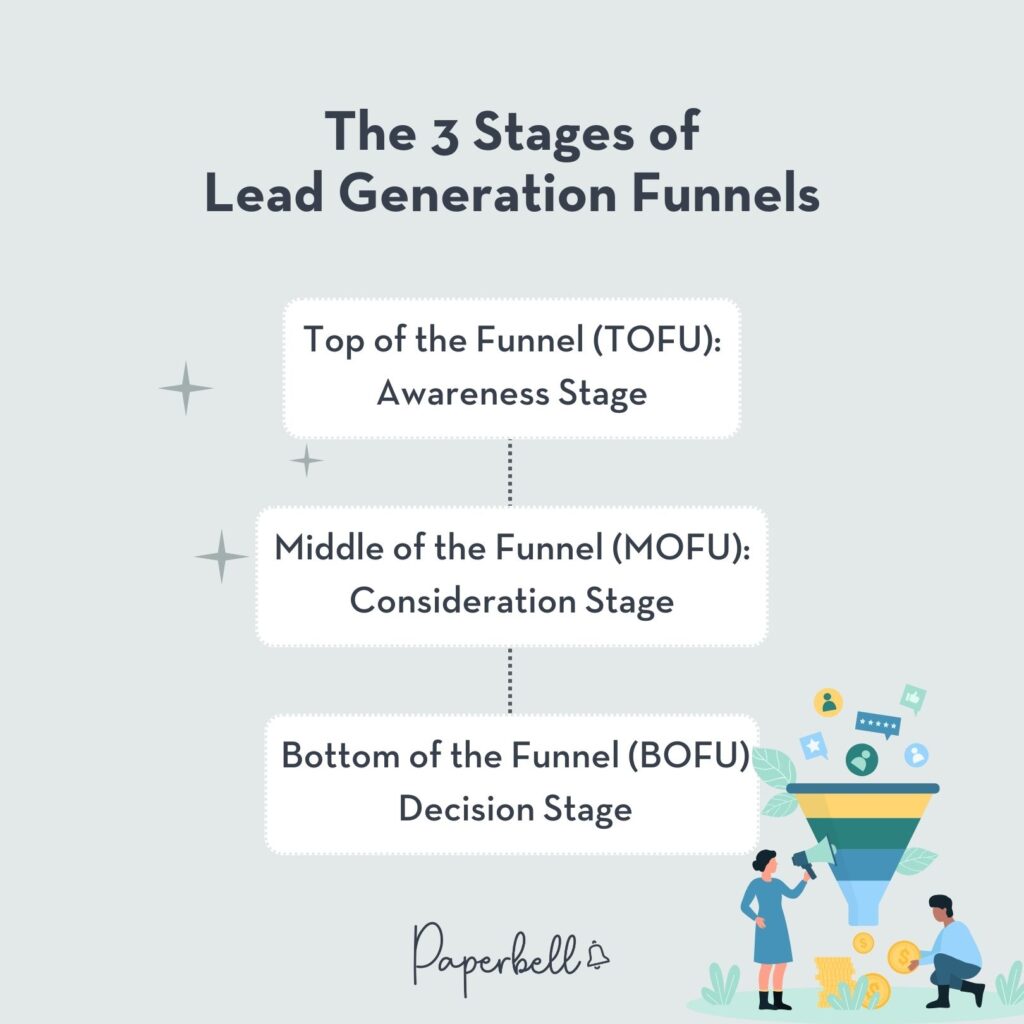
What is a Lead Magnet for Coaches?
A lead magnet is a valuable resource or introductory offer you can give to potential clients in exchange for their email addresses. Using lead magnets in the middle of your funnel is a strategy to gather a list of contacts you can reach out to later with your paid offers.
Lead magnets are crucial because they initiate the relationship-building process. By offering value for free, you demonstrate your expertise and gain your prospects’ trust.
This way, you can grow your email list with individuals who are genuinely interested in your services. You can then nurture these leads through targeted email marketing, providing further value and guiding them towards becoming paying clients.
Also known as your opt-in offer, your lead magnet can be in written or video format, or even a free consultation. For example, you can create the following:
- A downloadable ebook with practical strategies
- A habits tracker or checklist
- A live or pre-recorded webinar
- Video tutorials
- An online quiz
- An email course
- A weekly planning template
- A free 30-minute clarity call
Your lead magnet should provide immediate and tangible value that addresses a specific pain point or need of your potential clients. It should be closely related to your paid packages and give a taste of what it’s like working with you without giving away too much.
30 Lead Magnet Ideas for Your Coaching Funnels
You can create a lead magnet for virtually any topic. The key is to strongly tie to the package you later want to promote to the leads it brings in.
You can pick a strong angle that directly addresses your potential client’s pain point and create a resource in a format that best delivers it, such as an ebook, email course, or webinar.
Here are some lead magnet name ideas you can riff on for your content:
10 Lead Magnet Ideas for Health and Wellness Coaches
- Beginner’s Guide to Meditation: 10-Day Program
- Mindfulness in Minutes: Daily Practices for Busy Lives
- 30-Day Clean Eating Challenge
- At-Home Workout Plan for Busy Professionals
- 10-Minute Daily Stretch Routine for Flexibility
- Healthy Weight Loss Meal Plan
- Steps to Holistic Recovery: A Comprehensive Workbook
- Stress Less: A Practical Guide to Managing Stress
- Improve Your Sleep: 7 Tips for Better Rest
- Detox Your Mind: A 14-Day Mental Cleanse
10 Lead Magnet Ideas for Business and Career Coaches
- Perfect Your Presentation: A Checklist for Success
- Leadership Skills for New Managers: A Practical Guide
- Grow Your Instagram: A Step-by-Step Strategy
- Closing the Deal: 10 Effective Sales Techniques
- Conquer Your Fear of Public Speaking: 5 Proven Techniques
- Ace Your Job Interview: Proven Strategies and Tips
- Career Transition: A Roadmap to Your Dream Job
- Mastering LinkedIn: Tips for Building Your Professional Brand
- Boost Your Productivity: Top 10 Time Management Hacks
- Overcome Writer’s Block: 30 Writing Prompts
10 Lead Magnet Ideas for Relationship Coaches
- Conflict Resolution Cheat Sheet: 10 Steps to Peaceful Conversations
- Reignite Your Relationship: 10 Date Night Ideas
- Positive Discipline Techniques for New Parents
- Stress-Free Mornings: A Routine Planner for Parents
- Self-Esteem Boost for Dating: Daily Affirmations and Exercises
- Moving On: Rediscovering Yourself After Divorce
- Communication in Open Relationships: Strategies for Success
- Reignite the Spark: A 7-Day Challenge for Married Couples
- 3 Ways to Build Trust in Your Relationship After Infidelity
- Enhancing Intimacy: Techniques for Deepening Your Connection
10 Lead Generation Ideas for Coaches
So now you have a captivating lead magnet your audience will love. But how do you implement it? Here are ten strategies you can try, no matter your niche.
1. Host Webinars or Live Workshops
Setting up regular webinars or live workshops allows you to engage your audience on topics they care about. In fact, 73% of B2B marketers and sales leaders think that webinars are the best way to generate high-quality leads.
If you tie attendance to registration, you can capture the email addresses and names of your participants. This not only helps you grow your email list but also enables you to nurture these leads with targeted marketing campaigns later on, turning them into paying clients over time.
2. Create a Valuable Ebook or Guide
You can position yourself as an expert by writing an ebook or guide that solves a common problem for your audience. This can also be automated more easily than a live webinar that requires you to show up personally every time.
Offer it as a free download in exchange for their emails and promote it on your channels to maximize its visibility, such as your website, social media, and collaborations with influencers.
3. Develop a Free Email Course
Another way to provide ongoing value to your audience is to craft a short email course with daily or weekly lessons on a specific topic.
Platforms like Mailerlite or ConvertKit help you automate the delivery of your emails and measure their open rates.
Advertise your email course on your social media channels or through ads to attract sign-ups and build your email list.
4. Offer Free Discovery Sessions
One of the simplest ways to generate more qualified leads for your coaching packages is to offer a free discovery call. These free consultations allow potential clients to experience your expertise firsthand.
With Paperbell, you can manage both your free and paid sessions. It’s an all-in-one client management tool that creates landing pages for your various packages and handles your bookings, amongst several other admin tasks.
5. Run a Social Media Challenge
Themed challenges are brilliant ways to strengthen your social media marketing. They encourage your audience to take action toward a goal that matters to them.
For example, you can create a 30-day mindfulness challenge where you guide participants through daily posts, videos, or emails.
It’s a simple way to collect their email addresses and, with their permission, contact them later with your coaching offers. Plus, encouraging participants to share their progress on social media can amplify the reach of your challenge and attract new leads.
Consider extending your campaign to emerging platforms like Threads or BeReal. These apps are gaining traction for personal, authentic connections and are less saturated with content.
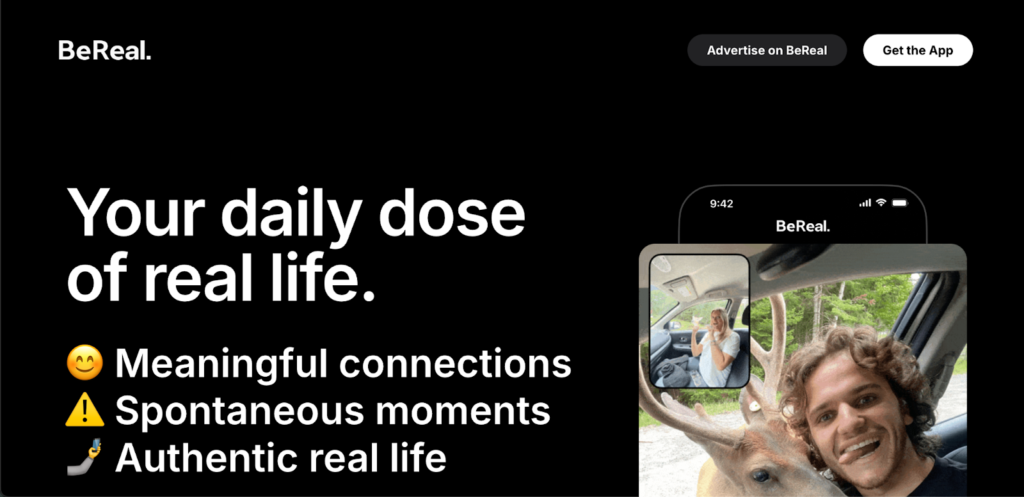
6. Develop Interactive Quizzes
Platforms like Interact or Typeform make creating engaging quizzes tailored to your audience’s interests easy. For example, you can create tests about “What’s your leadership style?” or “What’s the best morning routine for you?”
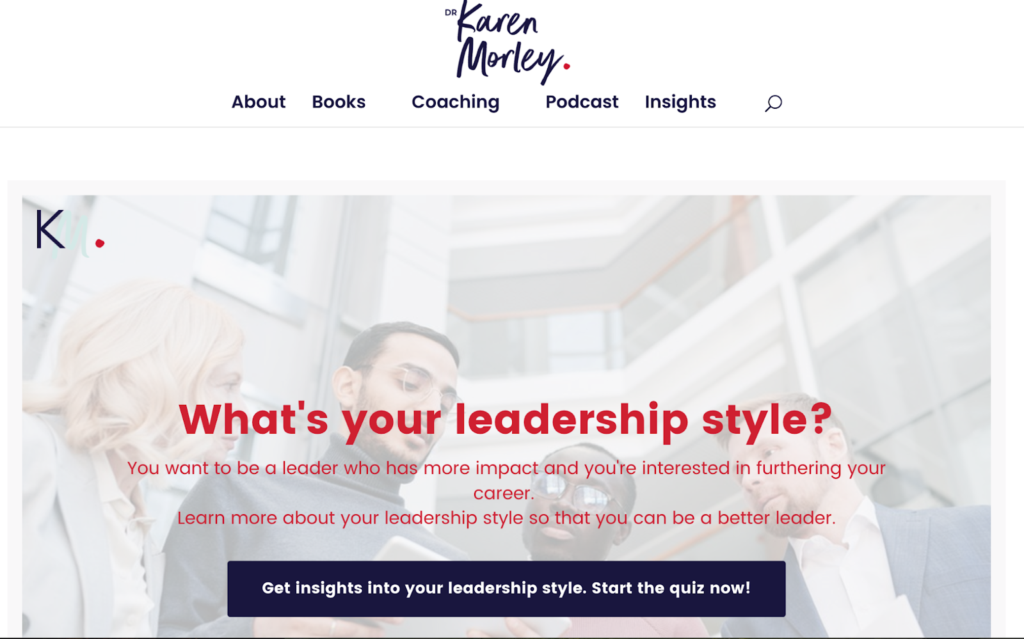
To get their results mailed to them, ask your leads for their email addresses and later follow up about a relevant coaching offer. Quizzes can get a lot of shares on social media platforms, which can drive even more traffic to your website.
7. Write Guest Blog Posts
Contributing guest posts to popular blogs your target audience reads can increase your visibility. Although these posts aren’t typically promotional and must adhere to specific editorial guidelines, they allow you to get your author bio featured below them.
If the blog editor allows, you can include a compelling call-to-action, a link to your website, or a free resource in your bio. This is a great way to tap into someone else’s network and attract new leads interested in your coaching services.
AI tools like ChatGPT and Gemini can help you identify trending topics in your niche and draft your content. Here’s our full guide on writing content with ChatGPT.
8. Create a YouTube Channel
Another great way to widen your audience is to regularly publish content on a YouTube channel. You can share tips, strategies, and success stories related to your coaching niche to build credibility and attract subscribers.
To drive your viewers into your funnel, incorporate clear calls to action in your videos and descriptions that direct them to your lead magnets. Once they’re on your email list, you can convert them into paying coaching clients over time.
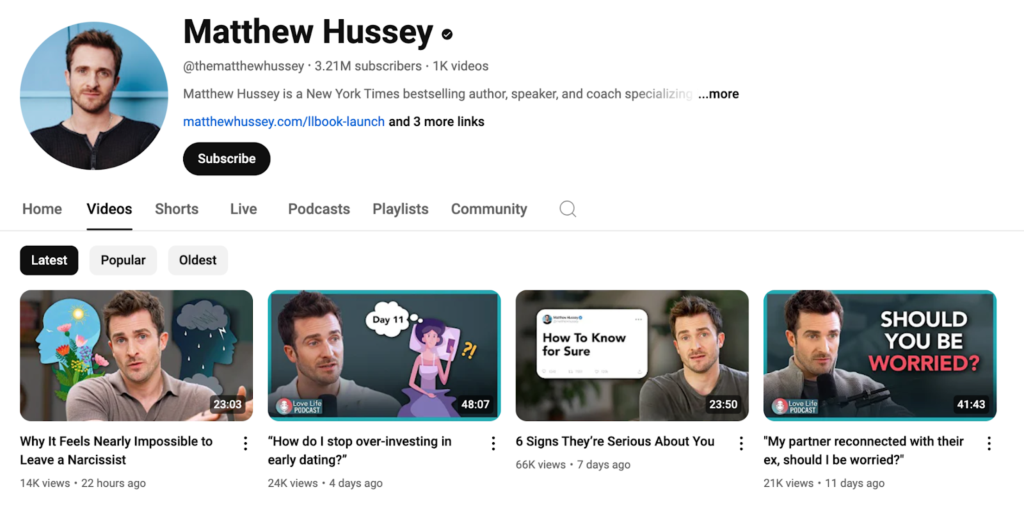
One of the most viral coaches on YouTube is Matthew Hussey. He regularly shares advice for his 3 million subscribers on dating and jealousy.
9. Leverage LinkedIn Articles and Networking
LinkedIn is another excellent platform you can incorporate into your funnel, especially if you’re a business coach.
Your first step should be optimizing your profile title and description for the keywords your clients might be looking for. For example, this is how you’d show up for the keyword “startup coach” in the US.
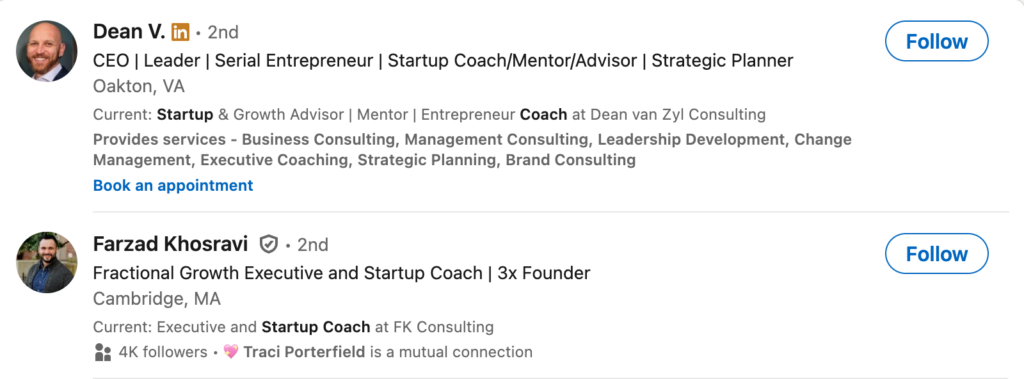
Besides networking, you can publish posts and articles on the platform that address your audience’s challenges and showcase your expertise.
This will give you a chance to rank your writing in Google without setting up your own blog, leveraging LinkedIn’s domain authority. Plus, of course, you can share it with your network.
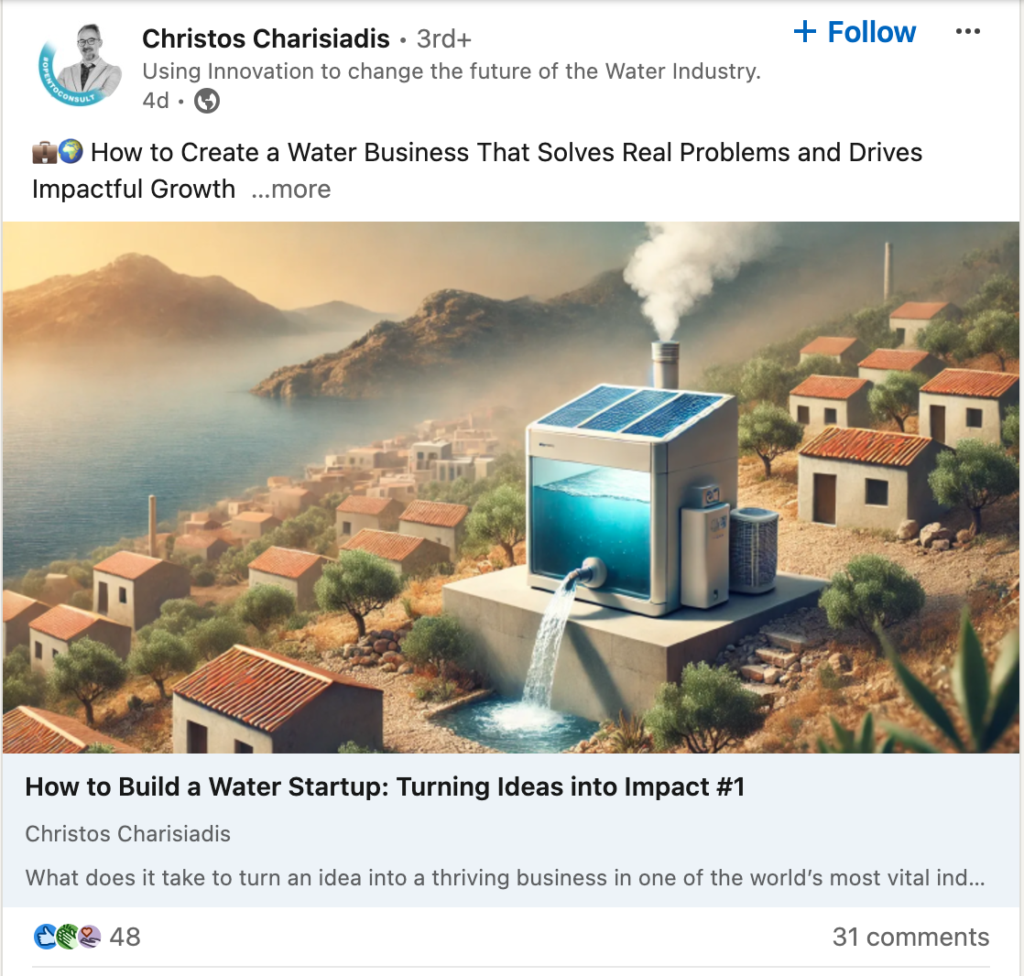
To attract leads, include calls to action for free resources or consultations in these articles and posts. You can also actively participate in LinkedIn groups and discussions to enhance visibility and credibility.
10. Become a Podcast Guest or Create Your Own Show
Podcasting is not a niche lead generation strategy anymore. There are 546.7 million podcast listeners worldwide with a 7.85% year-over-year increase.
Getting on a podcast related to your niche can expose you to a larger audience filled with qualified leads. Show hosts typically give a shout-out to your website in their episode so that listeners can learn more about you and any free resources you offer.
You can also launch your own podcast focused on your coaching niche. In your episodes, you can discuss topics closely related to your lead magnets and include calls to action for them.

Melissa Ambrosini is a bestselling author and coach who hosts a top-rated podcast. She interviewed some of the biggest thought leaders in personal growth, from Esther Perel to Jay Shetty.
Podcasting is a great way to establish authority and attract listeners who may convert into email subscribers and clients over time.
11. Get Into SEO
Search Engine Optimization (SEO) is a game-changer for coaches aiming for long-term visibility online. Optimizing your website with keywords your audience is searching for can help you rank on Google and attract a steady stream of qualified organic traffic.
Here are three ways you can use SEO as a coach:
- Use tools like Ahrefs or Semrush to discover relevant keywords for your niche.
- Write blog posts addressing common client challenges (for example, “How to overcome impostor syndrome”).
- Optimize your website for local SEO to attract clients in your area.
A great example of a coach who maxed out on SEO optimization is Juliette Kristine. Her site currently ranks #2 for the keyword “manifestation coach.”

Ranking for a search term that covers an entire coaching niche takes a bit more than producing content but it’s possible.
Juliette established herself as an authority in the industry and was published in various online publications. As a result, she earned high-quality backlinks, signaling to Google that her site is a credible source on manifestation coaching.
Implement Your Lead Generation Funnel
Lead magnets are powerful tools for attracting qualified leads into your funnels. They create trust with your audience, making them more interested in your coaching services.
Robust tools like ClickFunnels will help you implement them in multi-step funnels that run like a well-oiled machine.
You can also set them up with a website builder and an email automation tool that helps you manage your list.
If you want to skip the complexity of massive marketing tools, you can create free offers on Paperbell that serve as your lead magnets. It will automatically create landing pages for them to which you can drive your audience.
Plus, no matter where you host your funnels, Paperbell will be an invaluable ally in managing an online coaching business. With easy and automated bookings, payments, contracts, and more, it’s a treasure chest for coaches in all niches. Try out Paperbell for free with your first client.

Editor’s Note: This post was originally published in July 2024 and has since been updated for accuracy.









